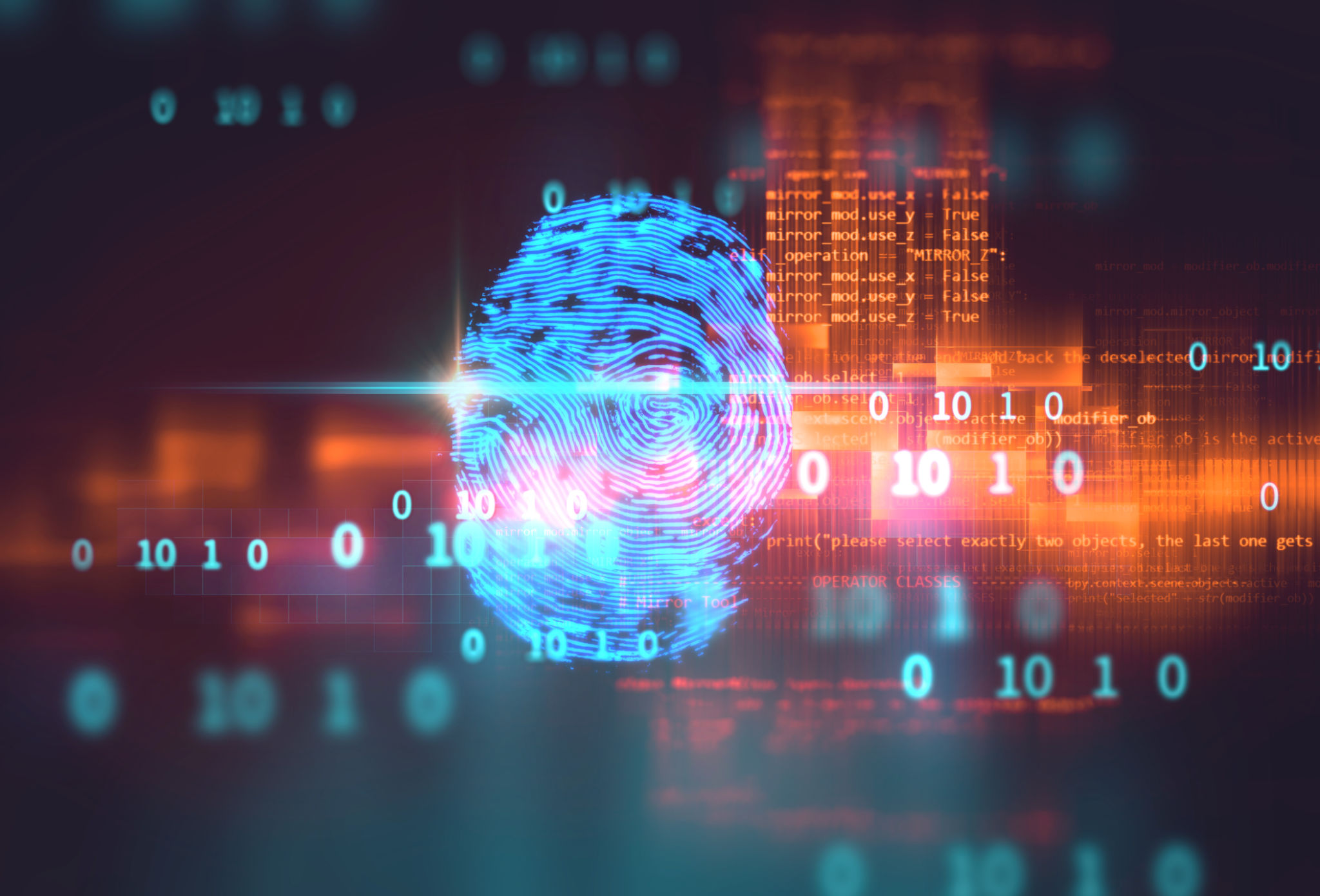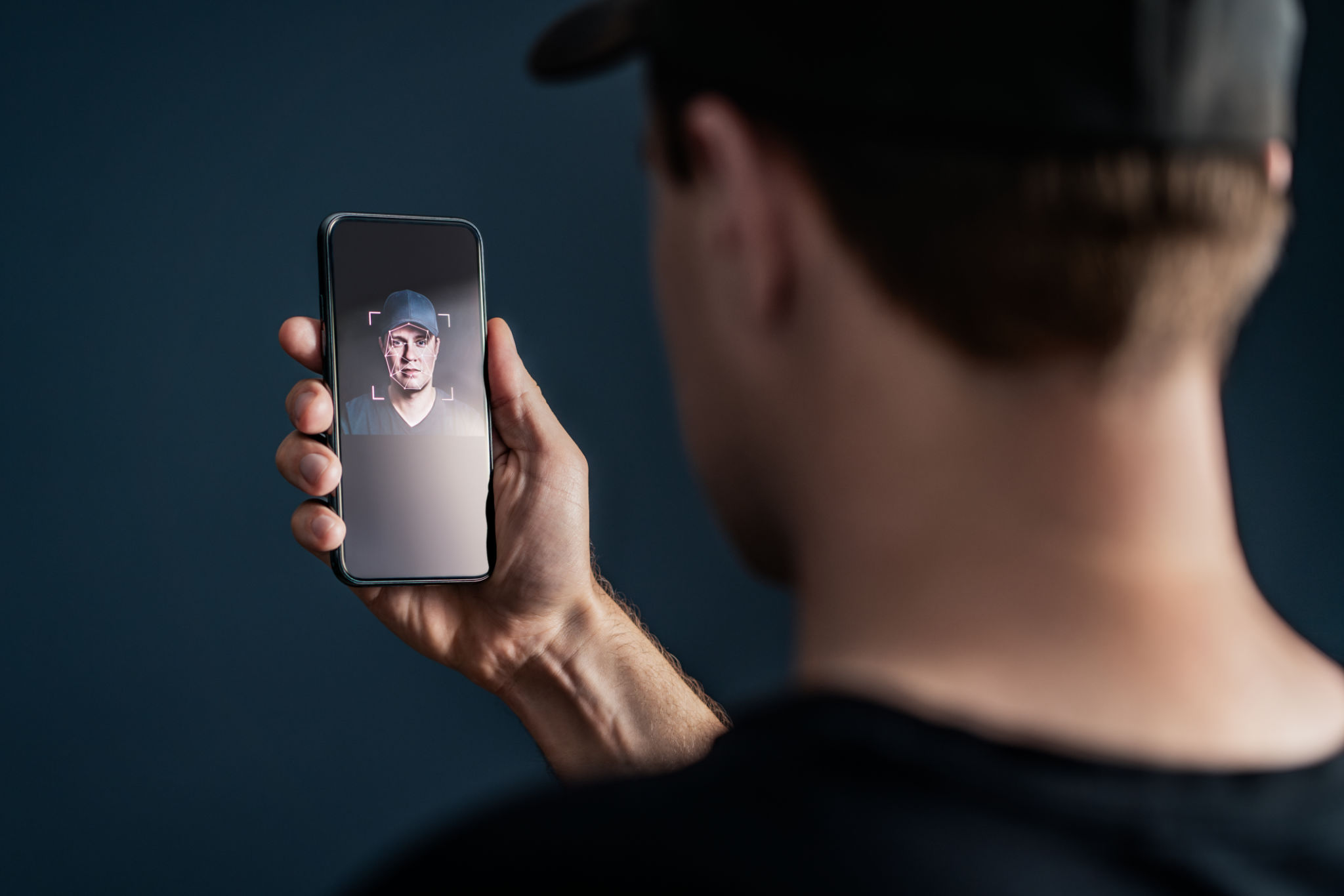Common Misconceptions About Fingerprinting Services Debunked
ML
Understanding Fingerprinting Services
Fingerprinting services are often shrouded in mystery and misconception. Many people associate them solely with criminal records or law enforcement, but the reality is that fingerprinting serves a variety of purposes. From employment background checks to securing travel documents, fingerprinting services are more common than you might think.
In recent years, the demand for fingerprinting has grown significantly across various industries. As this demand increases, so do the myths and misunderstandings surrounding these services. To help clear up any confusion, let's debunk some of the most common misconceptions about fingerprinting services.

Misconception 1: Fingerprinting Is Only for Criminals
One of the biggest misconceptions is that fingerprinting is exclusively for criminals. While it's true that law enforcement agencies use fingerprinting to identify and track individuals, this is just one application. Today, many professional settings require fingerprinting for background checks as a part of their hiring processes.
For example, industries such as healthcare, finance, and education often require employees to undergo fingerprinting. This measure ensures that individuals have not been involved in criminal activities that could jeopardize the safety and security of organizations and their clients.
Fingerprinting in Everyday Life
Fingerprinting is also used for various non-criminal purposes. For instance, it plays a crucial role in identity verification for travel documents like passports and visas. As technology advances, fingerprinting is becoming a standard method of ensuring secure access to devices and buildings.

Misconception 2: Fingerprinting Is Invasive
Another common myth is that fingerprinting is an invasive process. Many people imagine it involves complex equipment and lengthy procedures. However, modern fingerprinting technology is quick, simple, and non-intrusive. The process typically involves scanning your fingerprints using a digital scanner, which takes only a few minutes.
The technology used today ensures that the process is not only efficient but also highly accurate. Digital fingerprinting minimizes errors and provides a secure method of identity verification without causing discomfort or inconvenience to the individual.
Privacy Concerns Addressed
Some individuals worry about privacy when it comes to fingerprinting services. It's important to note that reputable providers follow strict privacy laws and regulations to safeguard personal information. Data is encrypted and stored securely, ensuring that your fingerprints are used solely for their intended purpose.

Misconception 3: All Fingerprinting Services Are the Same
Not all fingerprinting services are created equal. There are various methods available, each with different levels of accuracy and application. For instance, ink-based fingerprinting is an older method still in use today, but digital fingerprinting offers greater accuracy and convenience.
When choosing a fingerprinting service provider, it's crucial to consider factors such as their reputation, the technology they use, and their adherence to privacy regulations. This ensures you receive a reliable service that meets your needs while protecting your personal information.
The Role of Technology in Fingerprinting
Advancements in technology have revolutionized fingerprinting services. Automated systems reduce human error and improve efficiency, making the process faster and more reliable than ever before. As these technologies continue to evolve, so will the applications and benefits of fingerprinting services in both professional and personal contexts.

